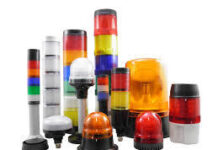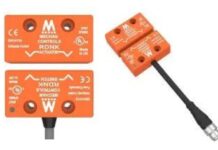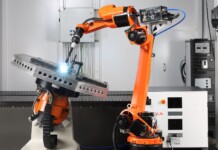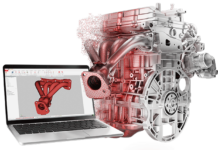
What are the reasons for investing in parts washing systems to begin with? Are there any regulations or laws pertaining to manufacturing?
While there are no U.S. regulations in place, many customers have very specific requirements when it comes to part cleanliness. Parts generally come off the line covered in oil, grease, and other contaminants that need to be removed prior to shipping. Also, many of these parts are going straight into assembly, so you could run into quality issues downstream if you don’t begin that process with clean parts.
I know that you specialize in aqueous processes that use eco-friendly detergents. Could you expand on these technologies and their applications?
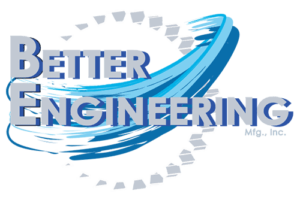 Sure. The first method is spray washing, which is just like being in a shower. This is useful for flat surfaces like sheet metal and parts with fairly simply geometries. Then you have immersion washing, which is a bath. This is better for more complex parts that have deep passages, J-pockets, and such as that. You’ll find this in aerospace and medical applications. You can combine spray washing and immersion washing, and you can also incorporate ultrasonic washing into the immersion process in order to meet the standards of the most stringent specifications.
Sure. The first method is spray washing, which is just like being in a shower. This is useful for flat surfaces like sheet metal and parts with fairly simply geometries. Then you have immersion washing, which is a bath. This is better for more complex parts that have deep passages, J-pockets, and such as that. You’ll find this in aerospace and medical applications. You can combine spray washing and immersion washing, and you can also incorporate ultrasonic washing into the immersion process in order to meet the standards of the most stringent specifications.
If I’m a manufacturer who’s interested in getting into parts washing, or upgrading their current system, how do you handle that?
Once that manufacturer has contacted us, we’ll have a “discovery call” in order to learn more about their needs, and to determine if it’s even feasible; describe the range of parts you need to clean, what will the volume be, describe the cell or process line we need to synch with? Plus we need to determine what types of fixturing will be required depending on the washing method they eventually choose. Once these things, and many more, have been determined, we’ll generally make a site visit to tour their operation and discuss what system would benefit them the most. They can choose between turntable conveyor, and drum washers, tumbling and robotic washers, ultra-high-pressure washers, or custom models addressing the machine’s dimensions as well as any other modifications we can make to our stock models.
How do you go to market in terms of shipping, distribution, etc.? Also, give us an idea of where you’re shipping to.
All of our manufacturing takes place in Baltimore, Maryland, and we ship direct from that location. We found that working through distribution works best for smaller pieces of equipment, and our lead times are short enough to make direct shipping a viable approach, even with custom items. Although the majority of our customers are based in North America, we do a healthy business in overseas sales as well. We will play whatever role is necessary to guide our customers toward the right choice when it comes to their parts washing needs.

